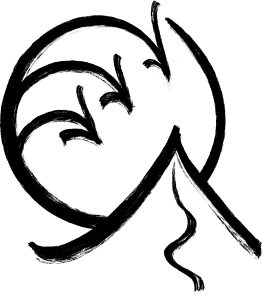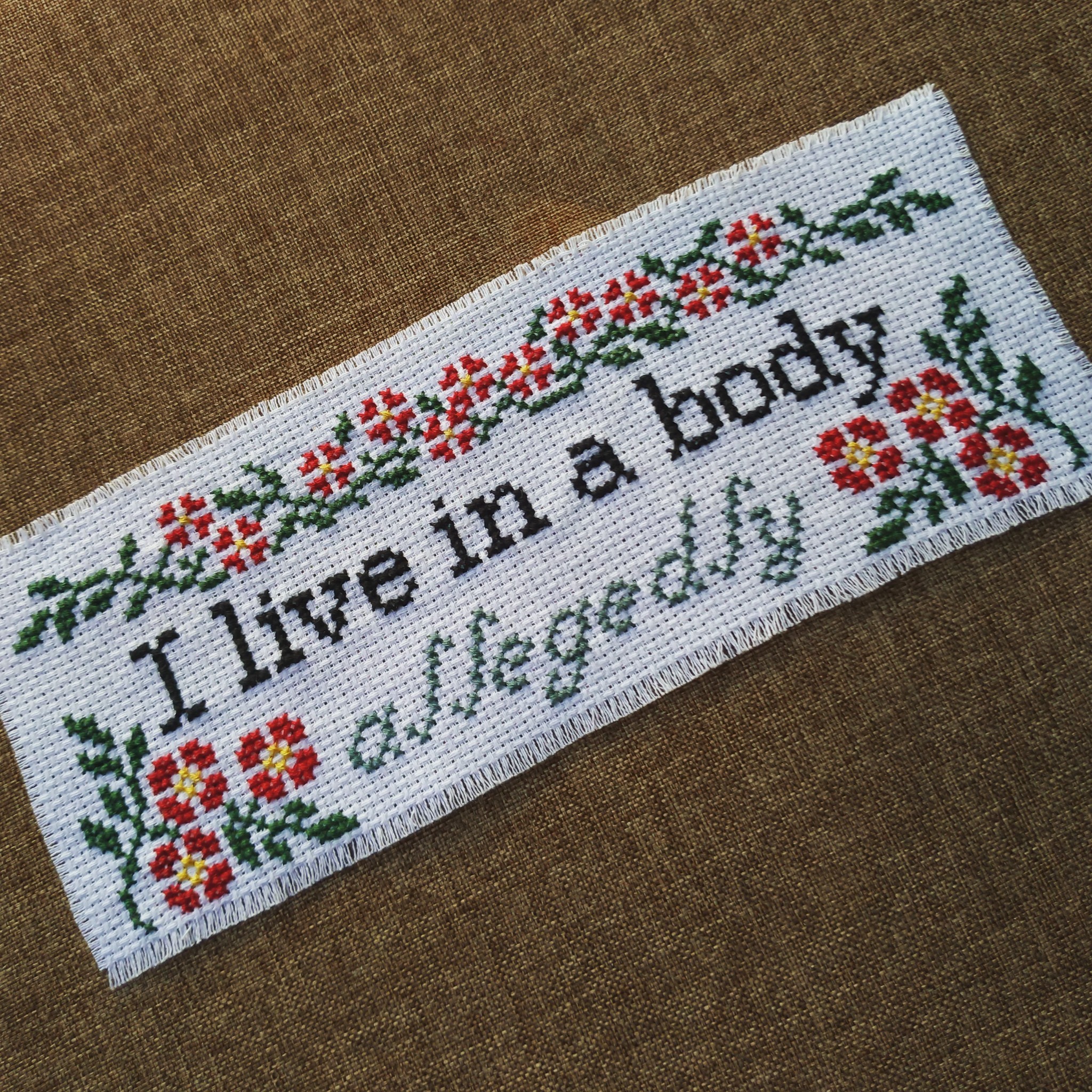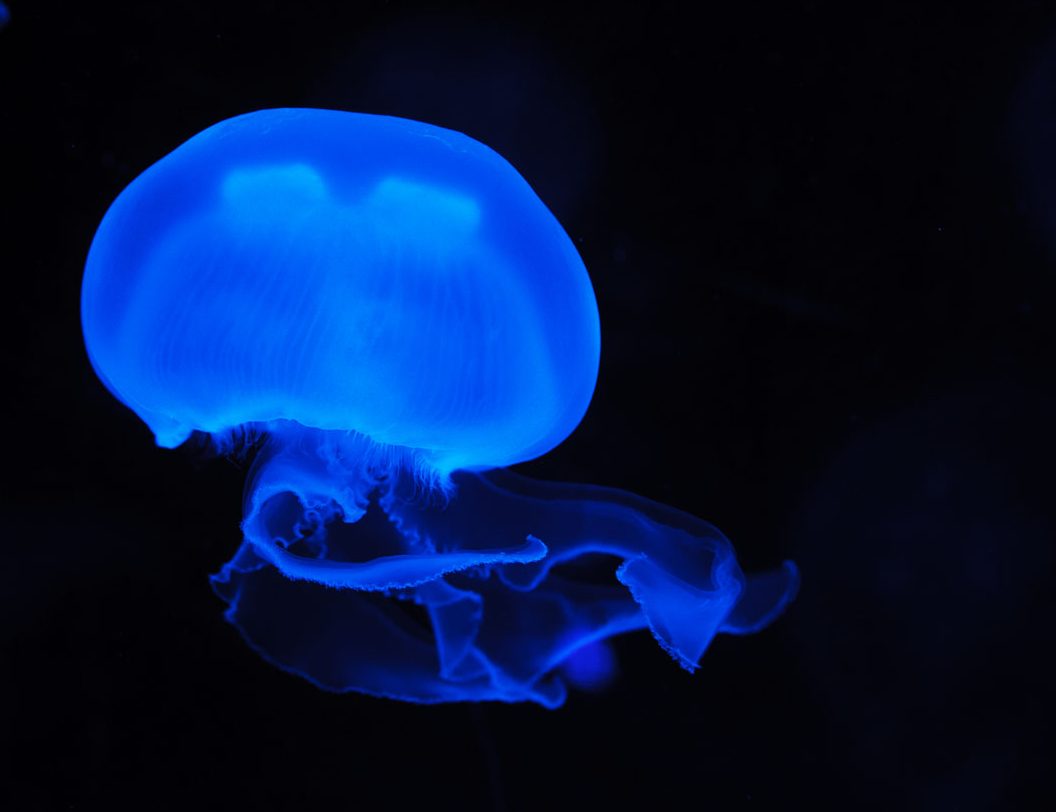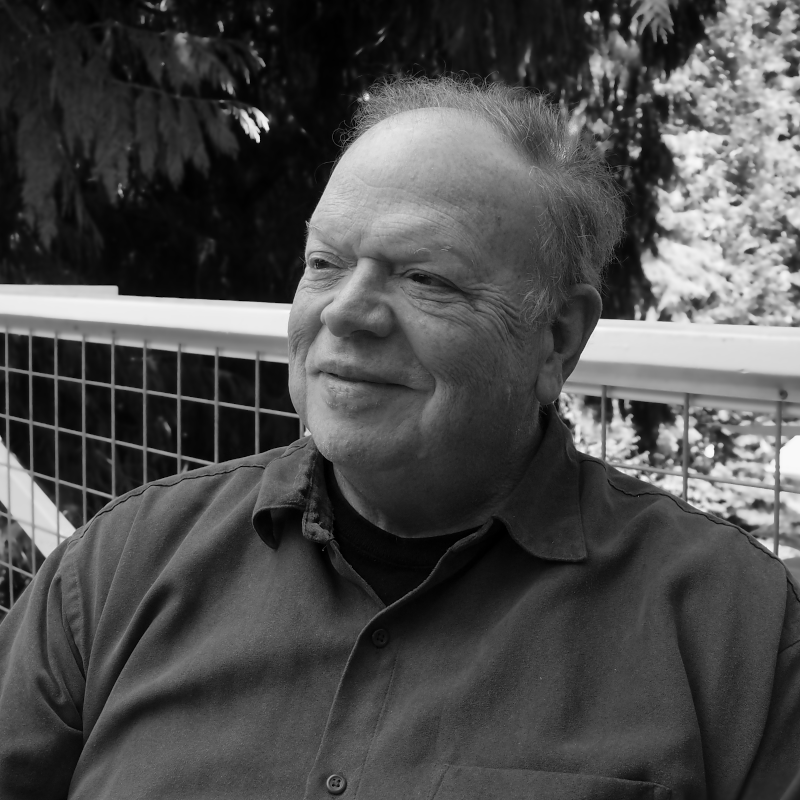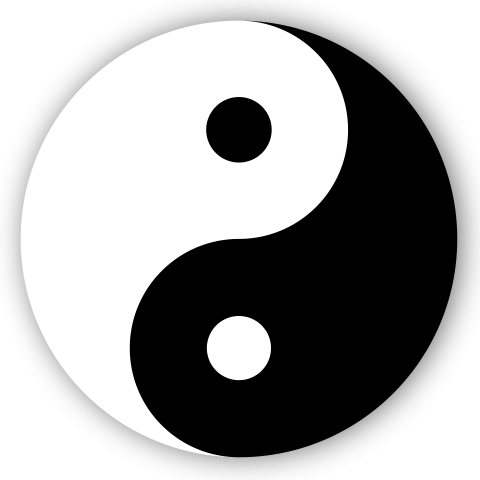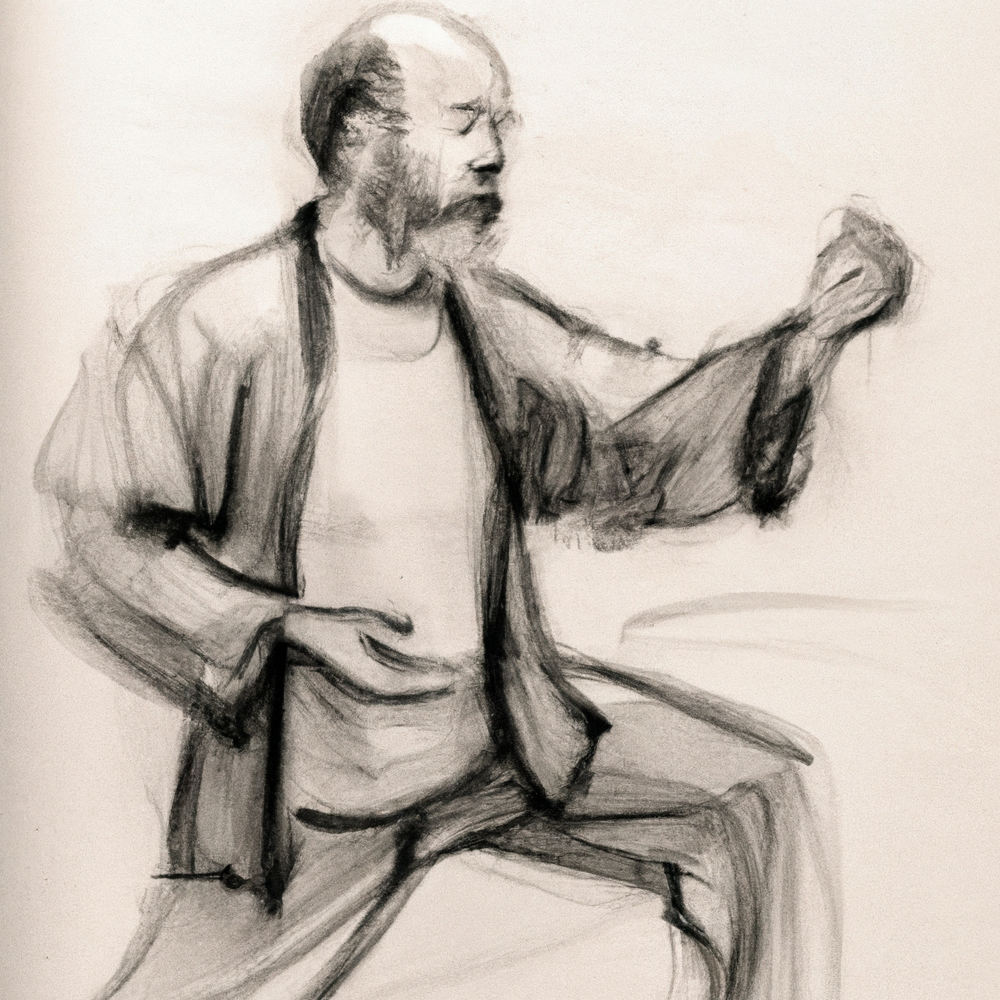Upcoming Site Changes
Hello!
If you are one of the people who comes here and reads my occasional posting, be aware that some changes to Laughing Ox are likely to take place in the near future.
The site will be moving away from WordPress to a much simple ‘static’ HTML site, once I can manage the migration. This will save me a considerable amount of money, and make the site a simpler and (hopefully) easier to navigate experience.
